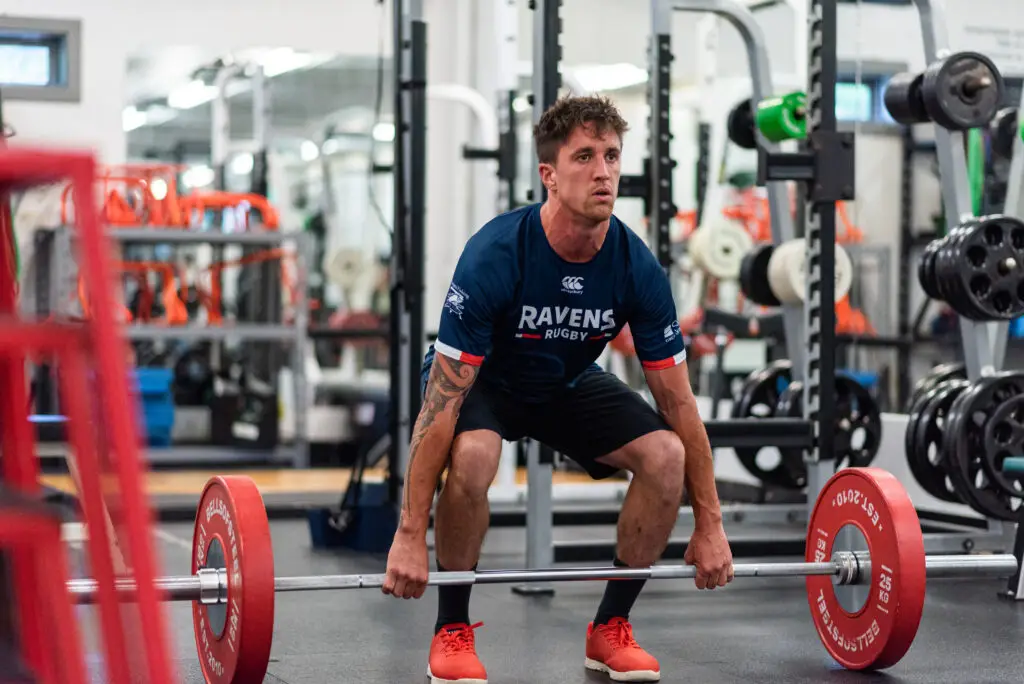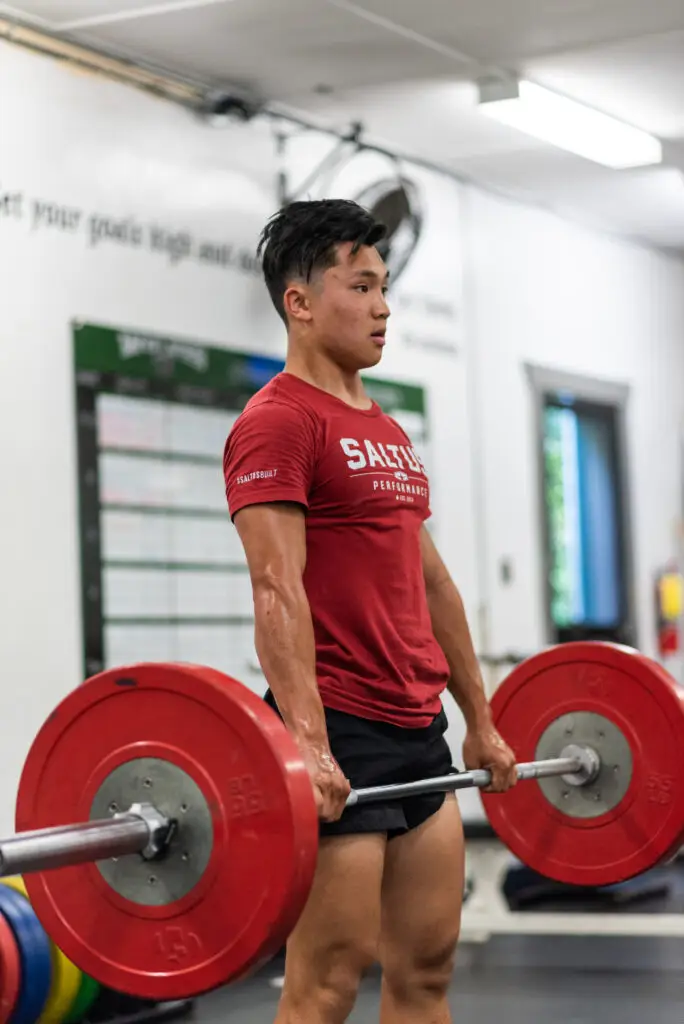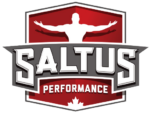Deadlifts have gained a negative reputation over the past few years, mainly due to the potential risk of injury. However, as with all exercises, when executed with proper technique, execution, and coaching, deadlifts can be an excellent addition to your program.
Overall, the deadlift is a powerhouse exercise that targets multiple muscle groups, building overall strength and power. In this article, we’ll delve into why ice hockey players should embrace the deadlift and how it can help you dominate on the rink.
When it comes to enhancing strength and performance on the ice, the deadlift is a game-changer for ice hockey players. This compound movement targets various muscle groups and provides a wide range of benefits that can significantly enhance your abilities on the rink. Some key reasons why ice hockey players should embrace the deadlift include:

- Increased Lower Body Strength: The deadlift primarily targets the muscles in the lower body, particularly the hamstrings, glutes, with the involvement of quadriceps and calves. These muscles are essential for generating force and power through hip extension in your skating stride. By incorporating deadlifts into your training routine, you can strengthen these muscles, improving your ability to generate force on the ice, leading to faster acceleration, stronger pushes, and more powerful strides.
- Enhanced Core Stability: The deadlift is a full-body exercise that engages core muscles, including the abs and lower back. Maintaining a neutral spine throughout the movement is crucial, strengthening both anterior and posterior muscles. A strong, stable core is vital for balance and control while skating, as well as for resisting body checks and maintaining proper posture on the ice. Regularly performing deadlifts can strengthen your core muscles, enhancing overall stability and control during gameplay.
- Improved Grip Strength: Grip strength is pivotal in ice hockey, enabling a firm hold on your stick and effective puck control. Deadlifts demand a robust grip to hold onto the barbell and lift heavy weights. Regularly performing this exercise significantly strengthens your grip, making it easier to handle your stick and improving stickhandling skills on the ice.
- Injury Prevention: Ice hockey is a physically demanding sport, imposing considerable stress on the body and increasing the risk of injuries, especially in the lower body. The deadlift is not only an excellent strength-building exercise but also aids in strengthening ligaments, tendons, and supporting structures around the hips, knees, and ankles. Integrating deadlifts into your training routine enhances the stability and strength of these joints, reducing the risk of common hockey-related injuries.
- Overall Functional Strength: The deadlift is a functional exercise that mimics movements frequently performed in ice hockey, including lifting, pushing, and pulling. Training these movement patterns with heavy deadlifts can improve your overall functional strength, making you more effective in various game aspects, such as winning battles along the boards, engaging in physical play, and maintaining balance in challenging situations.
As mentioned, technique is key here, and while we suggest getting coached through this movement for greater success, here are 10 key points to consider for a conventional deadlift:

- Foot Placement: Keep your feet hip-width apart, positioning the barbell over the midpoint of your foot. Your toes can point straight forward or slightly outward.
- Grip Options: Choose between the overhand grip (both palms facing you) or the mixed grip (one palm facing you, the other away). Wrap your fingers firmly around the barbell for a solid grip.
- Shin Alignment: Align your shins as closely as possible to the barbell without touching it. Keep your knees aligned with your feet and slightly bent.
- Posture: Elevate your chest while retracting and depressing your shoulder blades. Maintain a neutral head position, looking forward or slightly upward.
- Initiating the Lift: Activate your core and press through your heels to initiate the lift. Focus on pushing the floor away from you for a controlled ascent.
- Hip Extension: Once the barbell clears your knees, continue driving through hip extension until you are standing upright completely.
- Engaging Muscles: Ensure you keep your glutes, core, lats, and traps engaged to prevent your upper back from rounding. Keep the barbell in close proximity to your body throughout the movement.
- Lowering the Barbell: To lower the barbell, hinge at your hips and push them back. Keep the barbell in close contact as you descend. Bend your knees once the bar passes them and lower it steadily.
- Breathing Technique: Inhale deeply before lifting, filling your diaphragm with air. Hold your breath as you initiate the lift to enhance stability. Exhale at the top of the movement or upon completion.
- Preventing Back Rounding: Avoid rounding your back to prevent lower back strain. Begin with manageable weights and gradually increase as you progress. Prevent overextension at the top and maintain consistent core engagement.
In conclusion, the deadlift is a highly effective exercise for ice hockey players seeking to enhance their strength and performance on the ice. Incorporating this game-changing move into your training routine can elevate your lower body strength, core stability, grip strength, and overall functional strength. Whether you’re a beginner or a seasoned pro, embracing the deadlift can propel your game to new heights and provide a competitive edge on the rink.
If you have any questions or need assistance with your training preparations, do not hesitate to contact us at [email protected] or call us at 778-788-5438.
